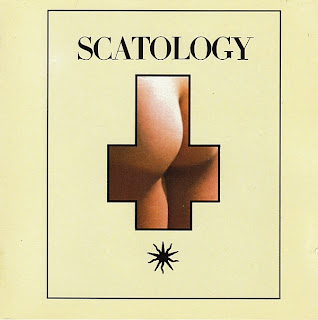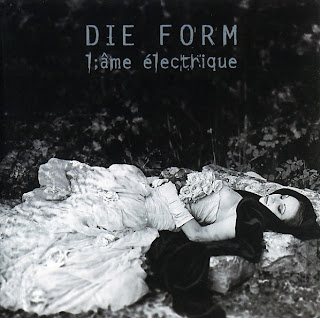
Spleen And Ideal
©4AD. UK, 1985.
‟Dead Can Dance defined their music in Spleen and Ideal, moving away from gothic-rock, though still belonging in the age of gothic-rock, as exemplified by "De Profundis", which is a pure liturgy, a sound that is further abstracted in the ceremonial pounding of "Ascension", which veers towards impressionist sound-painting, i.e. pure atmosphere. It's a spectacular start but which doesn't last very long, with Lisa Gerrard's medieval litany "Circumradiant Dawn" and Brendan Perry's pompous (but tame) "The Cardinal Sin" (halfway between a ceremonial chant and an existential ballad) being far less impressive. Thankfully, "Mesmerism" returns to a sensational atmosphere: part Slavic dance, part middle-eastern ecstatic chorus, and part European symphonic splendour, all the while Perry reverts to the dense marching ceremony "Enigma Of The Absolute". European classical pessimism returns in "Advent", which also confirms they still rely on the post-punk beat. "Avatar" (with it's breathtaking coda) sort of encapsulates the method of the whole album, which is: getting the ethnic ceremonial litany, adding the sparkling textures of new-age (which themselves are a new form of symphonic music) and working within the framework of European pessimism (which is also the framework that gothic-rock adheres to). After such a highlight, the closing "Indoctrination" feels much inferior, which also underlines that this is a rather uneven album.‟
Ily





















